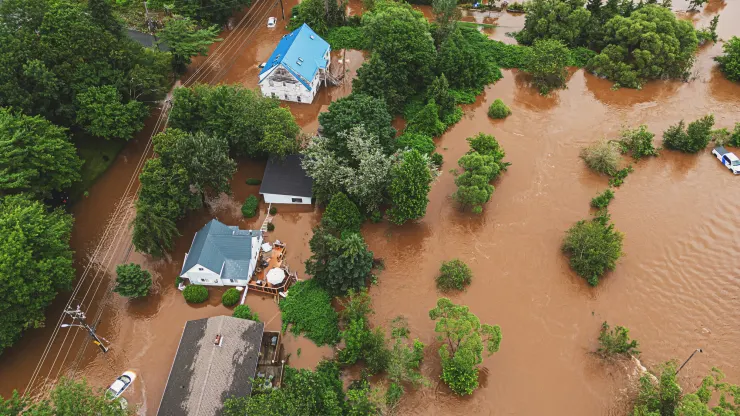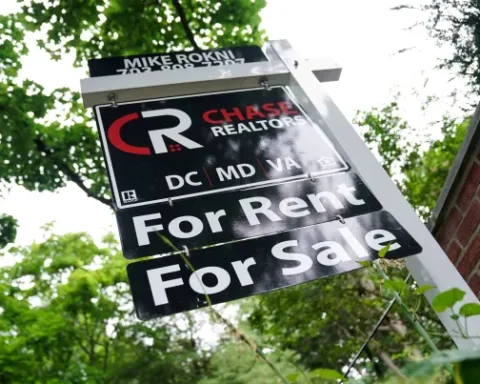As fall approaches, prospective homebuyers are anticipating a potential interest rate cut from the Federal Reserve and facing the possibility of complications related to flood insurance. Without timely action from Congress, a crucial program may lapse, making it challenging to buy, sell, or refinance homes in flood-prone areas. This uncertainty revolves around reauthorizing the National Flood Insurance Program (NFIP), a government-backed initiative providing flood insurance coverage to millions of Americans.
The NFIP Reauthorization Dilemma
The NFIP, which insures more than 4.7 million policyholders and protects assets worth over $1.28 trillion, must be reauthorized by September 30. Failure to do so would prevent the issuance of new policies and limit the ability to increase coverage on existing ones. “This is about the ability to get a mortgage in a flood zone after Sept. 30,” stated Jaret Seiberg, a managing director and financial policy analyst at TD Cowen. “Without an [NFIP] extension, you’re not going to be able to get a mortgage in any area that requires flood insurance.”
The program’s lapses, though rare, have caused significant disruptions in the past. For instance, a lapse in 2010 delayed or canceled 6% of home sales, highlighting the impact such disruptions can have on the real estate market. Jeremy Porter, head of climate implications research at First Street Foundation, notes, “It’s possible the home sale transaction would be halted or held up until the buyer can obtain flood insurance.” This situation might force buyers to wait for Congressional action or seek coverage from the limited private insurance market.
Impact on Homeowners and the Real Estate Market
Homeowners are encouraged to be proactive as the NFIP reauthorization deadline approaches. “Check the expiration date and make plans in advance,” advises Yanjun Liao, an applied microeconomist and fellow at Resources for the Future. Those with policies set to renew around the end of September should consider renewing early to avoid complications.
A lapse in the NFIP may not affect existing policyholders immediately, as their coverage will remain in place, and claims will continue to be paid. However, those looking to refinance their mortgages might face challenges if flood insurance is a requirement. The uncertainty could also discourage potential buyers and sellers, leading to a slowdown in the real estate market.
The Catch-22 of NFIP Reauthorization
The NFIP’s reauthorization has become a recurring issue. While it faces criticism for its shortcomings, such as outdated pricing models and financial instability, no viable alternative has emerged. “We’re in this real catch-22,” said Daniel Schwarcz, a University of Minnesota Law School law professor. “We have a bad program; no one likes it. But you can’t get rid of it because people depend on it without a better alternative.”
Efforts to reform the NFIP have faced resistance, particularly after introducing Risk Rating 2.0 in 2021. This new system aimed to align premiums more closely with actual risk, resulting in significantly higher costs for some homeowners, especially those in coastal areas. “All of a sudden, you went from paying $800 a year to paying thousands of dollars a year for your insurance,” Porter said. These rising costs have led to calls for reform, with Senator Bill Cassidy, R-La., advocating for changes to make flood insurance more affordable.
The Road Ahead
The looming NFIP reauthorization deadline presents a critical issue for homeowners, buyers, sellers, and the broader real estate market. As Seiberg advises, “If you are buying or selling a house, you want to avoid the end of September and the beginning of October. There is no need to take the risk that the flood insurance program will lapse when you could close ahead of Sept. 30.” While Congress is unlikely to let the NFIP expire, its continued reliance on short-term reauthorizations creates uncertainty, emphasizing the need for a long-term solution to address flood insurance challenges.







